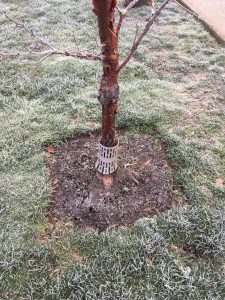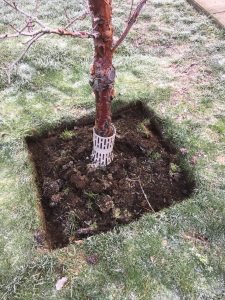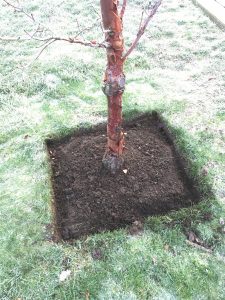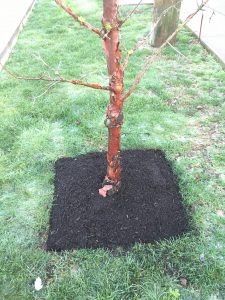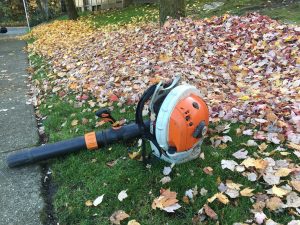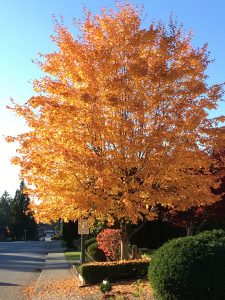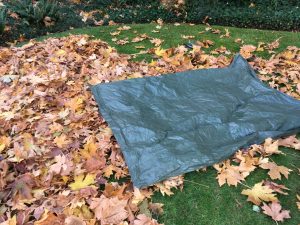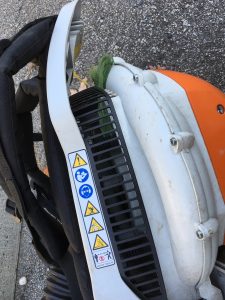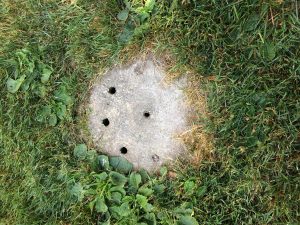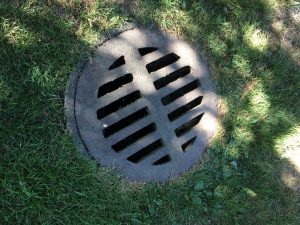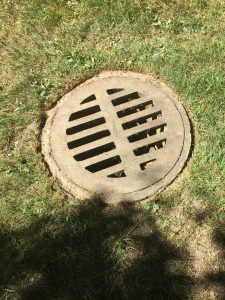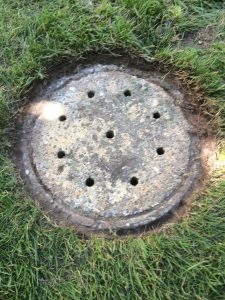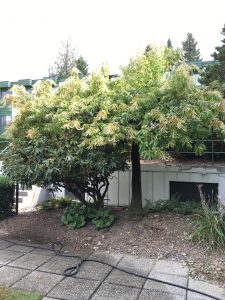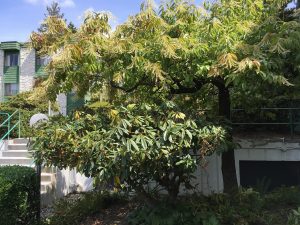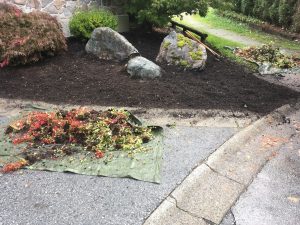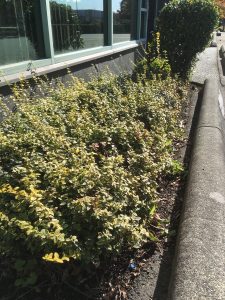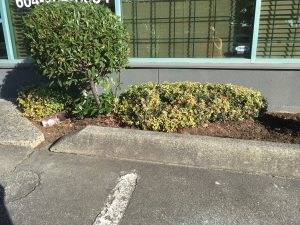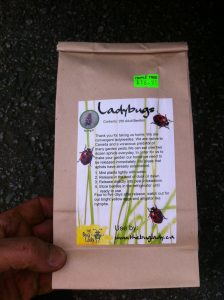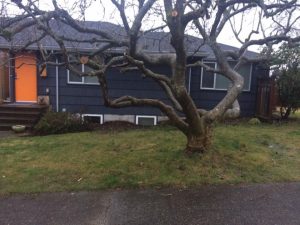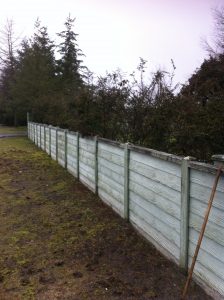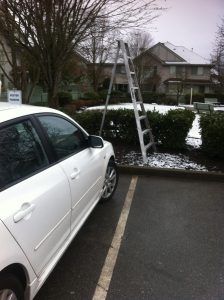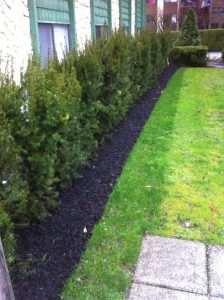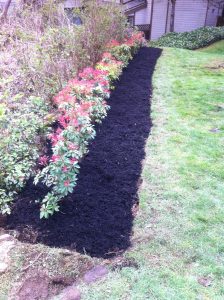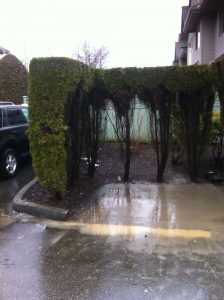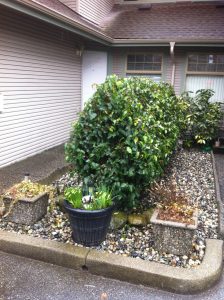The very last service day of the season on sites with ten month contracts is a special day. This blog post assumes that everything went well and your contract was renewed. Your strata site looks great and should hold up for two months.
If your contract wasn’t renewed, then, well, there is very little point stressing about your last service day. Most companies only cover basics but it’s important to go out as professionals. You never know, you could get called back.
Last service day
Since we’re close to the holidays, the last service day should cover the ‘beauty strip’. This would include the front entrance, mailbox areas, club houses and front entrances to all units. Residents are bound to entertain visitors over the holidays so the fronts should look good.
You should concentrate on weeding, deep edging and any remaining leafiness. I also like to blade edge all hard edges, especially on boulevard sidewalks. The edging will last for months and it sharpens up the site.
Bed and tree well deep edging should be done at ninety degrees and nothing else. Like the blade edges, these edges should also last for months. Cultivated, weed-free beds give the site a nice sharp look for the holidays.
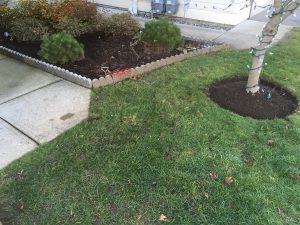
Note the weeded, cultivated bed and deep-edged tree circle. Personally I would have blade edged the hard edges.
Finally, the entire site should be blown clean.
Your last service day is not a good day for pruning or starting on cedar hedge shearing. If it didn’t get done, then just leave it for the New Year. The last day should leave the site looking sharp and clean so don’t start any new projects. The residents will likely notice weedy front beds over some back unit cedar that didn’t get sheared. You can shear it after the holidays. On this day, think clean.
Beyond the ‘beauty strip’
Note the difference in approach. Landscaping along the ‘beauty strip’ should only be practiced on the last few service days. During the season, it would be a grave mistake. And yet, it happens. Landscape companies cover all of the key, high-profile areas and let other sections “burn”.
I personally detest this sort of discrimination. All good landscape foremen will cover 100% of their sites, even if it has to be done on rotation. Owners of back units are paying the same fees as owners of higher profile units.
If you have any ten-month contract sites, enjoy the two-month break! If you live in a ten-month contract strata unit, enjoy the quiet!


